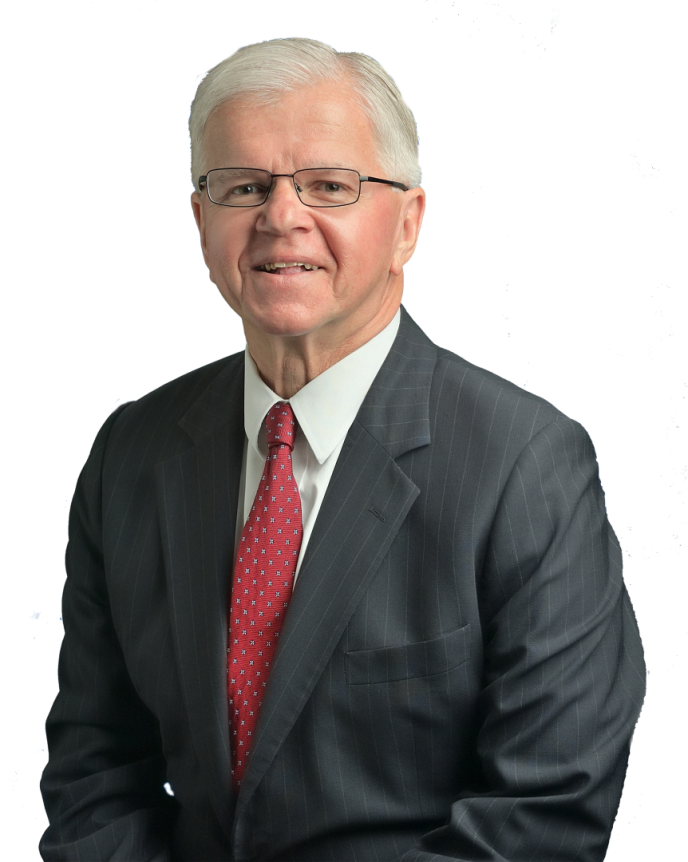Thiele: Black History Month is a Time to Reflect On Historic Contributions to Our Society
For over 35 years, Americans have celebrated February as Black History Month. Established during the Civil Rights Movement, the four-week-long commemoration grew from the original Negro History Week, celebrated since 1926 in honor of abolitionists Frederick Douglass and Abraham Lincoln and their birthdays in the second week of February. Every year, we take time to reflect on brave African-American men and women like Sojourner Truth, Malcolm X, Harriet Tubman, Dr. Martin Luther King Jr., and countless others who overcame immense adversity and stifling racial intolerance to help shape our country.
Since the time of slavery, New York has consistently been at the forefront of the fight to abolish it. Harriet Tubman used the state as a major part of the Underground Railroad for over a decade, eventually settling in Auburn, NY, in 1857 to continue her work of housing freed African-Americans.i The National Association for the Advancement of Colored People (NAACP) and the National Urban League made their headquarters in New York State for many years. The United Negro Improvement Association was also founded in our great state and today, New York leads the nation in African-American-owned businesses.ii
The New York State Assembly has also been home to several historic African-American figures, none more so than Shirley Chisholm. Born in Brooklyn to immigrant parents, Chisholm was a Member of the Assembly from 1964 to 1968. In 1968 she became the first black woman elected to the U.S. Congress and in 1972, she became the first woman and the first African-American candidate for the office of the President. She remained in Congress until 1982 and during her time in the Legislature was a strong advocate for improving conditions in the inner-city through education and health care reforms.iii
Locally, Sag Harbor’s Eastville neighborhood holds its own special, unique history. This community, home to African Americans, Native Americans and European immigrants during the 19th and 20th centuries, is believed to have been part of the Underground Railroad. Rev. P. Thompson, the founding pastor of the historic St. Davis AME Zion Church, was a noted abolitionist and friend of Frederick Douglas.
The tenets of American equality were affirmed this past November with the successful re-election of our nation’s first black president, Barack Obama. We couldn’t have achieved this success without the perseverance of many African-American leaders and brave individuals throughout our history. This February is a time to reflect upon all they endured, while we continue the effort to fight for equality and justice for all.
i National Underground Railroad Freedom Center, www.freedomcenter.org/underground-railroad/history/routes/
ii www.census.gov/newsroom/releases/archives/business_ownership/cb11-24.html
iii www.albany.edu/history/HIS530/HarlemProject/Chisholm1.html
